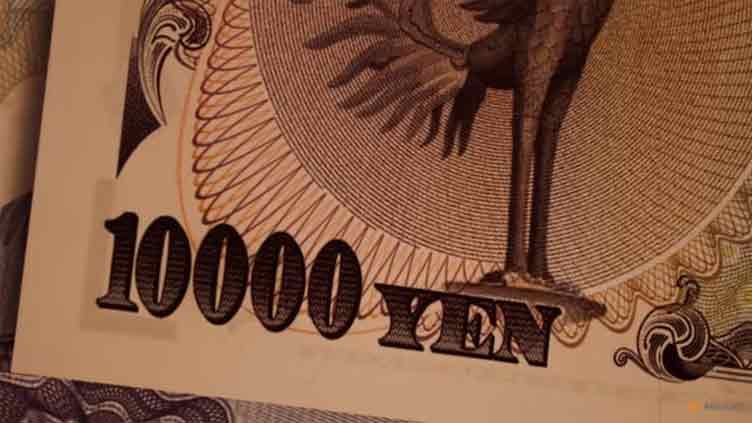Commodity currencies bear brunt of yen bounceback

Business
Latest moves tracked falling prices for industrial metals such as iron ore and copper
US dollar now traded for 154.84 yen which is the best performing G10 currency against US dollar
SINGAPORE/LONDON (Reuters/Web Desk) – Commodity currencies slid to multi-week lows on Wednesday on the back of weakening raw material prices with the heaviest selling against the yen, which surged to its highest in two months as short sellers bailed out ahead of a central bank meeting.
The Aussie dollar fell as much as 0.5 per cent and at $0.6583 was only a few pips from chart support at the early June low. It fell more than 1pc to 101.79 yen and is down nearly 7pc against the Japanese currency in two weeks.
The New Zealand dollar fell 0.6pc to a near three-month low of $0.5914 while the Canadian dollar hit a three-month trough of C$1.38 per dollar.
A commodity currency is the one that moves in a correlated step with the global price of primary commodities due to certain countries’ dependency on the export of raw materials for income.
The commodities include minerals like copper, iron ore and coal, energy products such as oil and gas, precious metals, and dairy products like milk.
Commodity currencies are prevalent in countries like Australia, New Zealand, Brazil, South Africa, and Russia because their economic performance is tied to commodity exports.
The top three and most traded currencies with the closest commodity correlations are the Canadian dollar, the Australian dollar, and the New Zealand dollar.
Meanwhile, the Japanese yen is also considered a commodity currency. It reacts to oil price because Japan relies heavily on imported oil to match its domestic nuclear power capability.
The latest moves tracked falling prices for industrial metals such as iron ore and copper, which made three-and-a-half-month lows on a gloomy outlook for Chinese demand, and risk aversion in stock markets following some disappointing US earnings.
"We're seeing softer demand in China and Asia in general and the kiwi and Aussie just being pulled down," said Jason Wong, senior markets strategist at BNZ in Wellington.
Markets are pricing in an 84pc chance of a 25 basis points rate cut in Canada later on Wednesday, which would be the BoC's second cut in as many months.
The euro suffered after soft business activity data and was last down 0.2pc against the dollar at $1.10833, unable to sustain last week's push above $1.09.
But the European common currency continued to climb against peers to the north, and was up 0.2pc on the Norwegian crown at 11.97, a whisker off Tuesday's eight-month intraday top, and up 0.23pc on the Swedish crown to 11.71.
"These are the two least liquid currencies in G10, and we suspect markets are particularly punishing this aspect and rebuilding those shorts that had been trimmed throughout May and June," said Francesco Pesole FX strategist at ING.
In Asia, the risk of a Japan rate hike and recent rounds of suspected currency intervention have speculators rushing to close what had been profitable "carry" trades funded in yen. The Bank of Japan reviews policy next Tuesday and Wednesday.
US dollar went down nearly 1pc on Tuesday against yen and fell another 0.5pc on Wednesday in Asia to its lowest since mid-May at 154.84 per dollar. The yen is the best performing G10 currency against the dollar in July so far.
Moves in other pairs have been larger, with the euro dropping 1.3pc on the yen overnight and a further 0.75pc to an 11-week low of 167.48 on Wednesday.
Mexico's high-yielding peso dropped 2pc on the yen on Tuesday and another 1.15pc on Wednesday.
Later in the week, markets are waiting on US GDP and core PCE data to test expectations for two US rate cuts over the rest of this year. Next week's second-quarter inflation data in Australia will be crucial for pricing in the risk of another interest rate hike.


